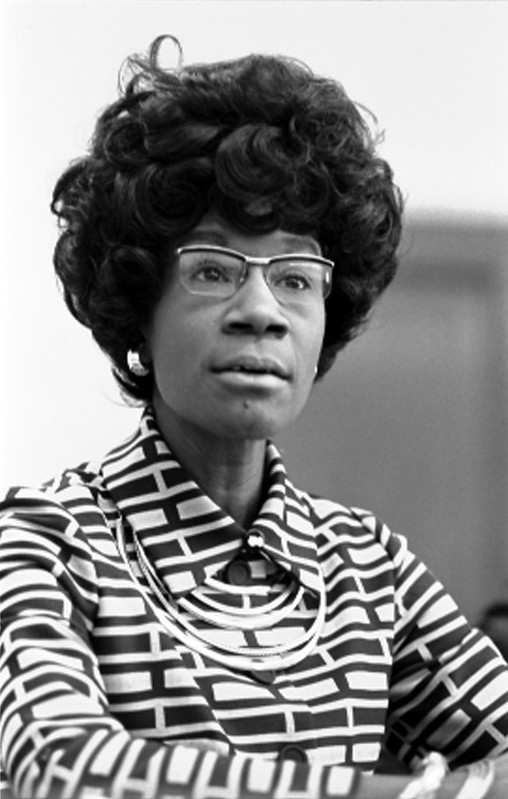Despite the long history of women running for the executive office, both as presidential and vice presidential nominees, Kamala Harris is the first to achieve the goal in the 172 years since the first woman ran.

On Wednesday, Kamala Harris will be sworn in as the first woman, Black woman and South Asian woman vice president of the United States. Vice President Harris achieved what many women throughout U.S. history have attempted: breaking the glass ceiling of the executive branch.
Although much of the commentary around women running for the presidency and vice presidency focuses on the women who have run in the late 20th and early 21st centuries, there is in fact a much longer history of women vying for executive office in the United States.
Lucretia Mott, an active abolitionist and suffragist Quaker, was the first woman to run for the office of vice president, nominated to the Liberty Party ticket in 1848. During the same year, Mott and fellow suffragist Elizabeth Cady Stanton organized the first woman’s rights convention, more commonly known as the Seneca Falls Convention.

In 1872, Victoria Woodhull became the first woman to run for president, receiving her nomination from the Equal Rights Party; however, at the time of the election Woodhull was only 33, two years younger than the constitutionally mandated age of 35 for the presidency.
Women continued to run for office, with 13 women running for the presidency before Hillary Clinton, including:

- Charlene Mitchell (1968): the first Black woman to run for president, Mitchell was the nominee for the Communist Party.
- Shirley Chisholm (1972): the first Black woman to run for the nomination of a major party, Chisholm ran for the Democratic nomination.
- Patsy Mink (1972): the first Asian-American woman to run for the nomination of a major party, Mink joined Chisholm in the Democratic primary race.
Two women became vice presidential nominees for major parties:
- Geraldine Ferraro (D) was Walter Mondale’s running mate during the 1984 election.
- Sarah Palin (R) was John McCain’s running mate during the 2008 election.
And in 2016, Hillary Clinton (D) became the first woman presidential nominee for a major party, and the only woman to have won the popular vote for the presidency.
In 2019, then-Senator Kamala Harris joined the most diverse presidential primary field in U.S. history. The Democratic presidential primary included a record six women, two women of color and four men of color. Despite the long history of women running for the executive office, both as presidential and vice presidential nominees, Harris is the first to achieve the goal in the 172 years since the first woman ran.
In her acceptance speech on November 7, 2020, then Vice President-Elect Harris said of the women who paved the way, “I reflect on their struggle, their determination and the strength of their vision, to see what can be, unburdened by what has been. I stand on their shoulders.”
And of the women watching her historic success: “While I may be the first woman in this office, I will not be the last, because every little girl watching tonight sees that this is a country of possibilities.”
Going forward, RepresentWomen wants to see many young women and girls rise to the executive branch and Kamala Harris’s ascension is sure to help inspire women that it is in fact possible; but, we don’t want another centuries-long struggle to make women in the presidency and vice presidency not just a possibility but a norm.
We need systems strategies and electoral reforms so more women aren’t just inspired to run, but can run in a system which accepts and bolsters them the way our current system does for men. A system which has practices and structures in place so women can serve safely, effectively and just as long as men.
Reforms and strategies which RepresentWomen has spent years researching and identifying as suited for our democracy, including:
- Ranked-choice voting and multi-seat districts, which are proven to elect more women and underrepresented groups up and down the ballot both in the U.S. and abroad.
- Gender balanced appointments so those in leadership positions reflect the gender, racial and ethnic diversity of our country.
- And new legislative norms like a living wage, on-site childcare, proxy voting, and paid family leave so women regardless of financial status or family responsibilities can serve effectively and rise through the ranks into leadership positions.
A heartfelt congratulations to Madam Vice President Kamala Harris from the whole RepresentWomen team, for her lauded career, historic accomplishment and the many women and girls she is sure to have inspired into action.
You may also like:





